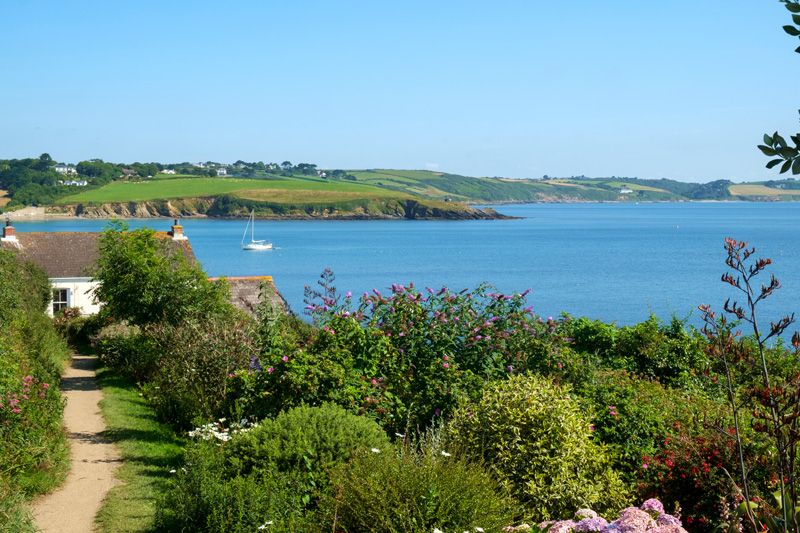
Plants That Can Survive Coastal Exposure
Plants That Can Survive Coastal Exposure
Planning a garden along the coastline? Plan with us as we know that knowing the plants that can survive coastal exposure and buying them from the right place is all it takes.
This post is a complete guide on plants that can survive coastal exposure, where to buy them, and the things to keep in mind while planting in the coastal area.
But let’s first answer even if there are such plants or not.
Can Plant Survive in Coastal Areas
Mythically, plants cannot thrive in or around coastal areas. In reality, some plants can. Adaption to the coastal habitat let coastal plants withstand the strong wind, sandy soil, and salty water. These plants have tough leathery leaves, which protect them from salt damage and help reduce water loss.
Moreover, some hedging plants act as a fence for other plants against heavy winds, allowing them to grow under suitable conditions.
Here’s the bonus, below is the key for plants survival at the shoreline;
- Create a windbreak
- Soil testing
- Choose the right plant.
- Check neighboring gardens
- Sea Lavender
- Grow in full light
- Hardiness zones: 5-10
- Can tolerate drought
- Soil with good drainage
- Water requirement – Before planting lavender, don’t forget to soak it in water and water well during the first year
- Rosmarinus Officinalis
- Sea Kale (Crambe Maritima)
- Armeria Maritima (Sea Thrift)
- Yarrow
- Zone: 3-9
- Sun requirement: grows in full sun.
- Water requirement: intolerant to wet soil.
- Echium Vulgare (Viper’s Bugloss)
- Sea Oats
- Portulaca
- Sun Requirement: Favors full sun.
- Water Requirement: Plant in soil that is well-drained. Drought tolerant
- Thyme
- Light: Requires plenty of suns to thrive.
- Water Requirement: Plant in well-drained soil.
- Zone: 4-9
- English Ivy
- Light: like shady areas
- Water: maintain moisture when growing but once established, they can survive dry conditions too.
- California Poppy
- Light: thrive best in full sun
- Water: requires little water until fully developed.
- Hardiness Zone: 5-10
